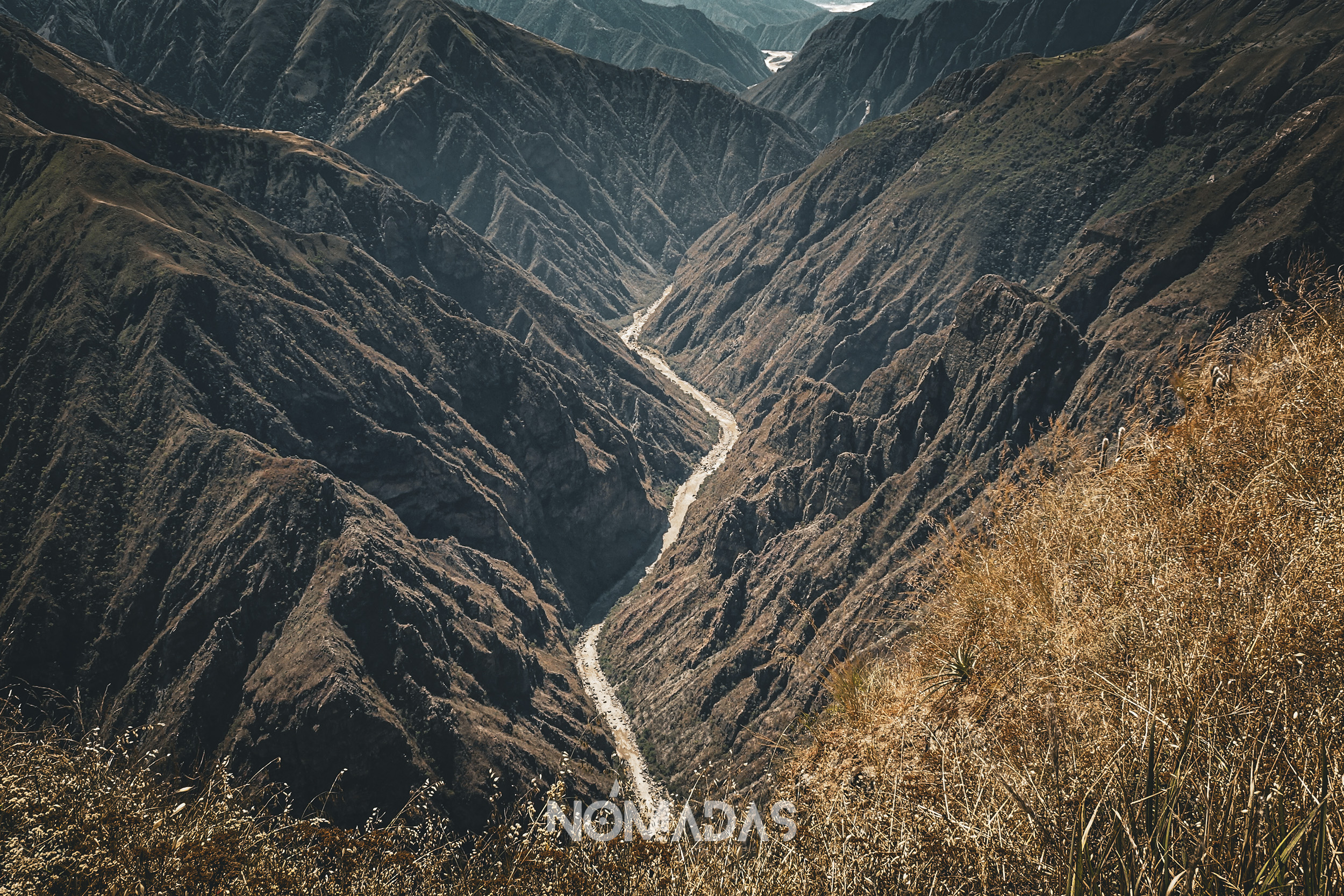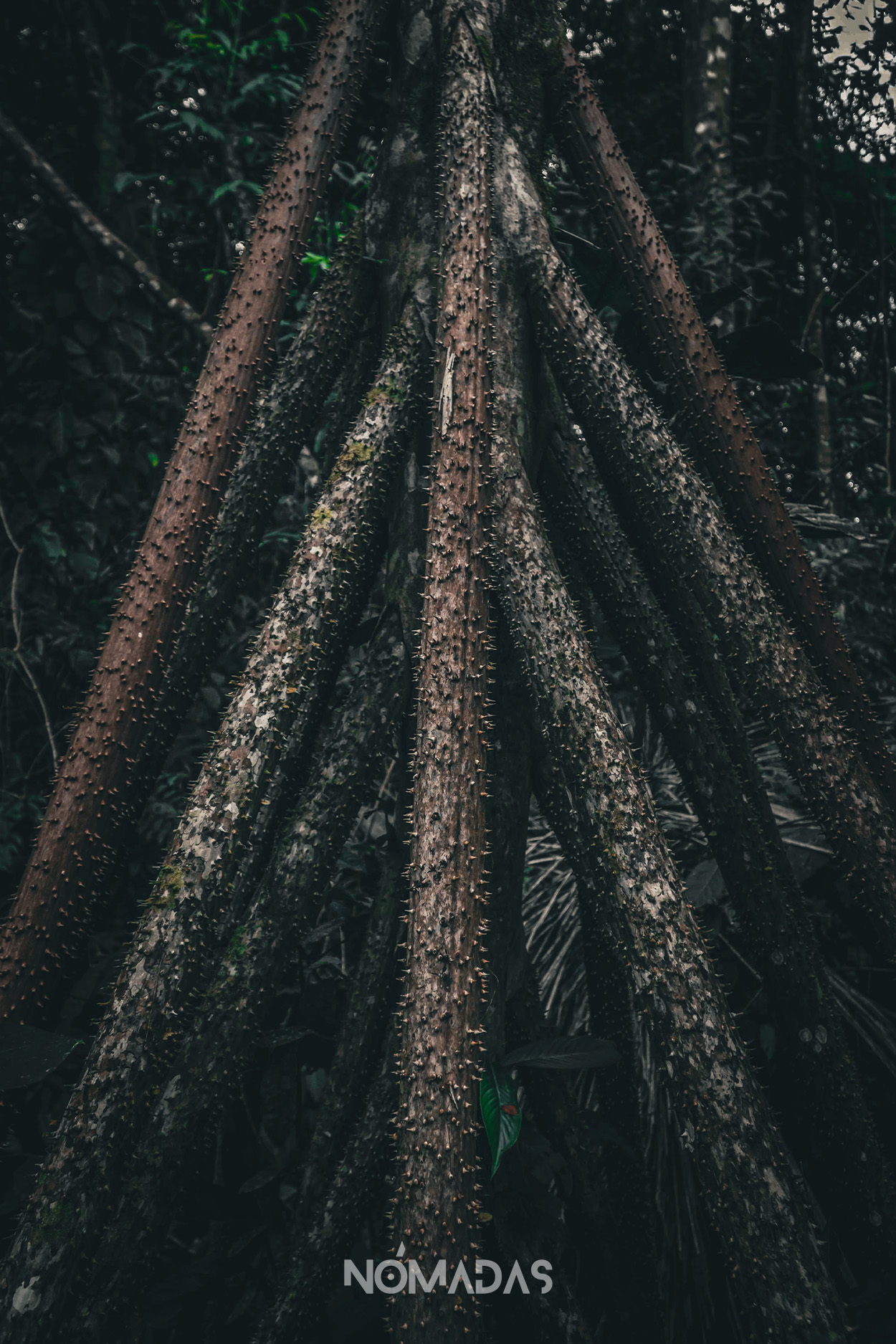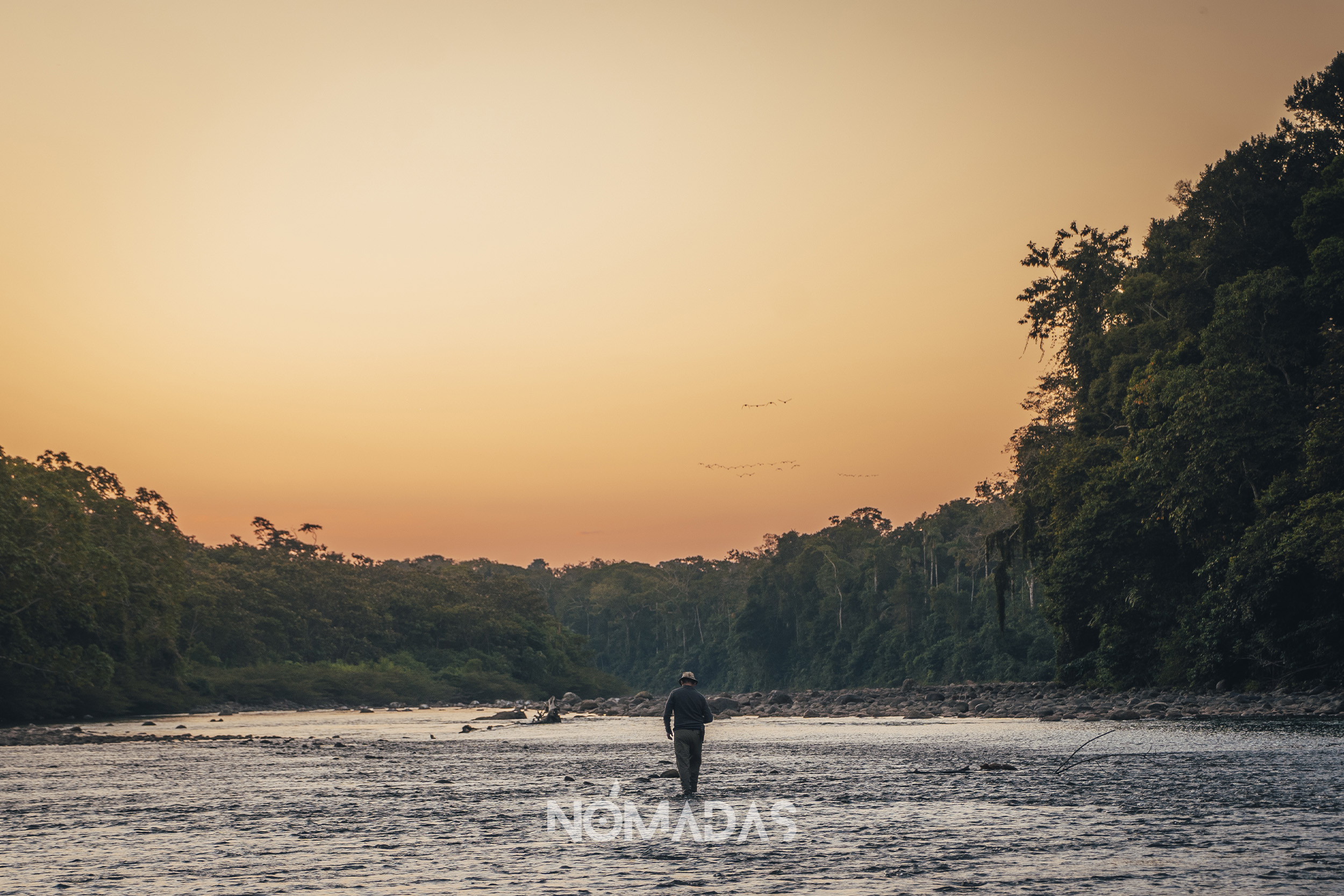SPECIALS


SPECIALS

The great Pilaya Canyon between Tarija and Chuquisaca, a majestic natural attraction. / Photo: Karina Segovia.
February 8th, 2023
Several friendly and knowledgeable voices of the forests agree that environmentally friendly tourism takes care of biodiversity and its ecosystems, indigenous cultures and the tributaries that provide water to Bolivia and beyond the borders.

Roberto Navia
Journalist

Lisa Corti
Translation to English

Daniel Coimbra
Photographer
In the northern part of the Isiboro Sécure Indigenous Territory and National Park (TIPNIS), a tourism project is being developed based on sustainable fishing with obligatory return, an activity that curbs the enemies of the Amazon forest where the Yuracarés, Tsimanes, Moxeños and Trinitarios indigenous peoples have lived since time immemorial.
Marcos Uzquiano, as a child, wanted to become a jaguar, ever since his grandmother took him to the countryside and revealed to him the potion to become a tiger-people.
This model of sustainable tourism attracts, for the most part, fishermen from abroad, who begin to arrive after the last rains of April. The indigenous people of the area created the Indigenous Tourism Association of Sécure Alto, which, together with the company Untamed Angling (a limited company incorporated in Beni in 2008), has made the Tsimane project a reality, which is the visible brand of the sustainable fishing offer that is shown worldwide.
The story of the TIPNIS fish-and-refund story has spread to people living in other protected areas of Bolivia, where they consider that environmentally friendly tourism is an important alternative for generating resources and protecting the natural wealth of the rainforest.
Hortensia Gómez, cacique of Piso Firme, a community located in the Bajo Paraguá Municipal Protected Area of San Ignacio de Velasco, which is one of the gateways to the Noel Kempff Mercado National Park, would like to see sustainable tourism projects flourish in the wonderful territory where she lives.
«Bajo Paraguá and Noel Kempff are very rich in flora, fauna, rivers and culture. All tourism that is developed, respecting the natural resources, will be good. That is what we want to live on. If we don’t develop this type of activities, our forests run the risk of suffering threats», emphasizes Hortensia Gómez, who, from the position she holds, and from her hotel overlooking the Paraguá River, strives to attract visitors that move the economy and scare away encroachment, forest fires, drug trafficking and deforestation.
Currently -explains the cacique- is developing, as a tourist attraction, boat rides, sport fishing, gastronomy. But she knows that there is much to be done, because the Bajo Paraguá is a natural treasure that Bolivia should take care of like the apple of its eye.
But this body of 1,137,375 million hectares that make up the San Ignacio de Velasco Municipal Integrated Management Natural Area and Bajo Paraguá Concepción Municipal Park, in the department of Santa Cruz (Bolivia), silently observes how the country is not protecting several enemies that are mistreating and deforesting them.
Maida Peña, president of the Management Committee of the Municipal Protected Area of Bajo Paraguá, motivated by the example of sustainable tourism in the TIPNIS, says that she is very interested in promoting the «industry without chimneys» and thus expel so many harmful people who are causing damage to Bajo Paraguá, where it has been proven that the encroachments continue.

The walking palm tree. An Amazonian wonder inside the TIPNIS. / Photo: Daniel Coimbra.
«In Porvenir, for example, the asai route can be exploited, as well as the Paraguá river fishing with return fishing,» proposes Maida Peña, who dreams that the forest fires will not be repeated this year.
In another corner of Bolivia, Alex Villca Limaco has also heard about the mandatory catch-and-release fishing enterprise being developed within the TIPNIS. He knows that the involvement of indigenous people in alliance with private companies is usually a positive thing, since this type of activity requires alliances like this to unite knowledge and skills.
«Fishing with return, or responsible tourism, as it is also known, is a powerful tool to stop the advance of the extractivist economic model,» says Villca Limaco, from Rurrenabaque, one of the gates of Madidi National Park.
Alex Villa Limaco has experience in developing sustainable tourism. He is co-founder of Madidi Jungle Ecolodge. He also worked as marketing and commercialization manager at Chalalan Ecolodge, was a park ranger at Madidi National Park, studied a Masters in Tourism Management at the Bolivian Catholic University and a degree in Tourism at the Universidad Mayor De San Andres de La Paz (UMSA). With these credentials, he assures that all the projects that are being developed in some of Bolivia’s protected areas are important to ensure that these areas do not suffer the pressure of resource extraction.
«That has become evident, because, with the Covid-19 pandemic, we totally suspended tourism activities and protected areas and indigenous territories have been left at the mercy of destructive activities, such as hunting, indiscriminate fishing, logging and mining,» recalled Villa Limaco, who also emphasized that ecotourism allows for permanent transit and patrolling.
«As long as there are these healthy activities in the forests, it is difficult for other destructive activities to penetrate. Sustainable tourism not only helps to preserve nature, but also to preserve the culture of the indigenous communities.»
Marcos Uzquiano, when he was a child, wanted to become a jaguar, ever since his grandmother took him to the countryside and revealed to him the potion to become a tiger-people. In the jungle where he was going to spend his vacation, there were some leaves of the tiger’s colors. His grandmother had told him that by rolling in them it was possible to become a feline. The boy Marcos wanted to protect the tigers and so he wanted to become one of them, to have claws and fangs to scare away the hunters who were after them.
Until one day he tried it. He rolled around in those supposedly magical leaves, but the formula never worked. Marcos grew up to protect the big cat of America, he became a park ranger. He was director of the Madidi National Park and is now head of protection at the Beni Biosphere Reserve Biological Station.
«From a tourism point of view, fishing with return of catch is an activity with low impact or minimal environmental impact if the technical parameters and regulations of each protected area are complied with. I am convinced that tourism repels illegal activities, such as logging, mining, illegal hunting and fishing,» said Marcos Uzquiano, who also believes that this type of activity, such as the one carried out in the northern TIPNIS, generates sustainable economic opportunities and raises awareness about nature.
Uzquiano knows that protected areas have diverse characteristics and potential. He is convinced that adventure tourism, for example, should be developed in Madidi, as should dorado fishing with obligatory catch-and-release. But he regrets that mining contamination is endangering the existence of the rivers and affecting the fish.
«I am open to the subject of tourism. If I were not a park ranger, I would be a tour operator or nature guide. Tourism that is developed in a legal and planned way is an activity that generates benefits, helps to save territories, take care of wildlife and protect species such as the jaguar,» said Uzquiano, who for several years has been fighting against the trafficking of the fangs of America’s big cat.
***

Before night falls in the TIPNIS, the sunset gives an image that seems to be from another world. / Photo: Daniel Coimbra.
STAFF:
DIRECTION AND TEXTS: Roberto Navia. PHOTOGRAPHY: Daniel Coimbra. TRANSLATION IN ENGLISH, MULTIMEDIA AND SOCIAL NETWORK EDITOR: Lisa Corti. PRODUCTION MANAGER: Karina Segovia. WEB DESIGN AND DEVELOPMENT: Richard Osinaga.
Revista Nómadas – Nomads Journalism ©2023
Te contamos desde el interior de los escenarios de la realidad, iluminados por el faro de la agenda propia, el texto bien labrado y la riqueza poética del audiovisual y de la narrativa sonora, combinaciones perfectas para sentir el corazón del medioambiente y de los anónimos del Planeta.
